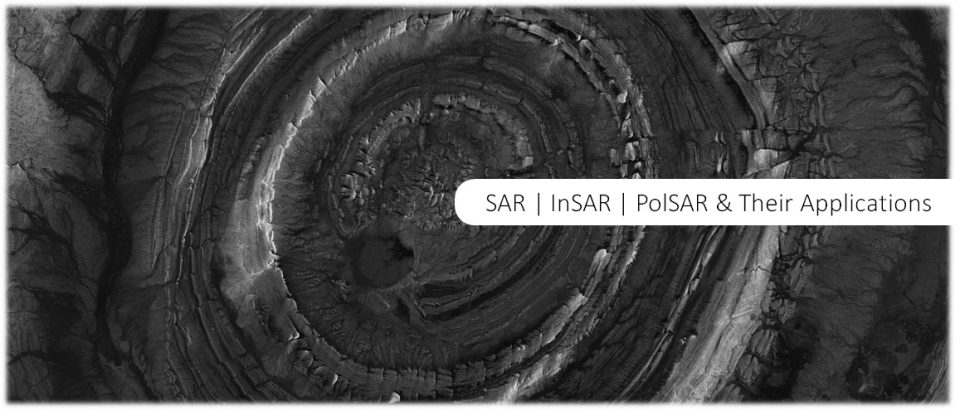This module introduces you to the main properties of microwave signals including their mathematical description, methods for generating and receiving microwave signals, and the interactions of microwaves with media:
Lecture 1: Introduction
Synopsis:
This lecture provides you with a short summary of the class content, teaching concepts, class requirements, and schedule.
— LECTURE NOTES AVAILABLE TO REGISTERED STUDENTS —
Lecture 2: History of Radar and Mathematical Background
Synopsis:
The development of microwave techniques have had a tremendous impact on modern life. Without realizing it, you are utilizing microwave systems all day long. They are embedded in your cell phone, measure the distance when you park your car, provide you with weather forecasts, and heat your food. Hence, it is worth to briefly discuss how the discipline of microwave sensing has developed over the years to the breadth of applications that we are seeing today. To fully grasp and appreciate the various microwave techniques that will be covered in this class, we will also reiterate some mathematical concepts that are needed to describe microwave radiation.
— LECTURE NOTES AVAILABLE TO REGISTERED STUDENTS —
Lecture 3: Properties and Propagation of EM Waves
Synopsis:
Whatever your interest in microwave remote sensing – from instrument design to data analysis and application – it is importation to have a sound understanding of the physical properties of electromagnetic radiation. It is a fundamental requirement to know how to describe microwaves, both quantitatively and qualitatively, and to understand their interactions with continuous media (such as the atmosphere) and discrete objects. This lecture summarizes the most fundamental properties of electromagnetic waves to the extent necessary to understand the topic at hand. For more in-depth reading, please refer to the section “Further Reading” of this webpage.
Preparatory Reading in (Woodhouse, 2006):
Please read Chapter 3 “Physical Fundamentals” in (Woodhouse, 2006) in preparation for this lecture. Specifically focus on pages 23 – 34.
— LECTURE NOTES AVAILABLE TO REGISTERED STUDENTS —
Lecture 4: Microwave Interactions with the Atmosphere & Discrete Objects
Synopsis:
If you want to make meaningful measurements using microwaves, it is important to know what governs their interactions with the natural world. This chapter provides you with the underlying concepts and theory that helps you understand how microwave sensors see the world. We will start with a look at radiative transfer theory, which ties the interaction of microwaves with objects and continuous media together. From there we will proceed to describe how microwave signals interact with the atmosphere and the physical earth.
Preparatory Reading in (Woodhouse, 2006):
Chapter 5 “Microwaves in the Real World” of (Woodhouse, 2006) provides an excellent summary of a wide range of microwave interactions. Feel free to read through the whole chapter if you can. If you are time limited, please focus on pages 112 – 149.
— LECTURE NOTES AVAILABLE TO REGISTERED STUDENTS —
Lecture 5: Detecting Microwaves (Antennas, coherent sensing, active systems)
Synopsis:
While not all microwave techniques require the artificial generation of EM signals, without exception, they rely on efficient sensors that can detect incoming microwave radiation. Understanding the concepts (and performance metrics) of microwave detection will help you understand the capabilities, limitations, and artifacts in microwave remote sensing data.
Preparatory Reading in (Woodhouse, 2006):
Chapter 6 “Detecting Microwaves” in (Woodhouse, 2006) provides a concise summary microwave detection and generation. In preparation for Lecture 5, please read pages 151 – 165 of this chapter, which focuses on microwave detection concepts.
— LECTURE NOTES AVAILABLE TO REGISTERED STUDENTS —

